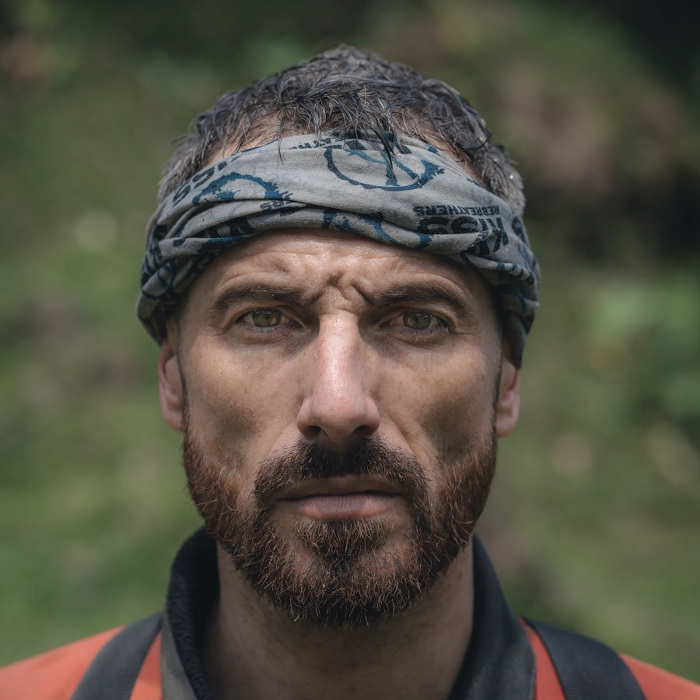

Anakao, located in the southwestern part of Madagascar, is known for two world-famous surfing spots, Jelly Babies and Flameballs. What better place to plan an expedition than a location that offers surfing as a backup in case the caves turn out to be dead ends?
The Mahafaly karst region is rich in a large number of sinkholes and flooded caves. Previous diving attempts in them had been unsuccessful. After weeks of checking potential exploration sites along the coast, the team's enthusiasm waned. Not even one cave with greater exploratory potential was found. All the water-filled sinkholes turned out to be at most short and uninteresting dead ends.
After a few days' break for rest and surfing, the team moved to the large Aven sinkhole, previously explored by Ryan. Later, this site proved to be the largest concentration of fossils in Madagascar. Unfortunately, Aven ultimately also turned out to be not very extensive and somewhat disappointing in terms of exploration.
The next site on the list to check was the flooded Mitoho sinkhole, where the team finally found a passage to cave corridors. Philip Lehman, diving solo in sidemount configuration, discovered several hundred meters of corridors ending in a chamber named "Bat Cave" - filled with extraordinary and unique karst formations.
At this point, hope for more interesting discoveries began to revive in the team. The discovery of the fossil cluster and the first longer flooded cave could be a great start for further exploration and was proof that there are flooded caves in this vast karst area.
However, the time for the expedition was running out, and it seemed that this time there would be no spectacular discoveries. But just three days before departure, while checking another spot, the biggest discovery occurred. According to information obtained from the locals, it was supposed to be a place filled with crystal-clear water, raising hopes for another interesting discovery.
The entrance to the cave required typical local climbing skills on trees and boulders, so the team wisely chose the option of descending on a rope. When they finally reached the water entrance, the team members felt quite disappointed. At the end of the huge sinkhole was a muddy puddle of one meter in diameter, which was far from the blue water of the previously heard stories. However, this place turned out to be a rabbit hole in the style of Alice in Wonderland just two days later.
During the first day of diving, the team discovered several hundred meters of corridor and although they ventured further than in any previously explored cave in Madagascar, the layout of the corridor and its small cross-section made the cave look unpromising. However, on the second day, Wonderland revealed all its beauty – after passing through a tight restriction, the team found themselves in a huge and stunningly beautiful chamber. Laying over a kilometer of line in less than 40 minutes on the last day of the expedition, the team discovered one of the largest caves in the world - Malazamanga, whose name in the local dialect means "Famous Blue."
This expedition was the first in a project later named the Mahafaly Karst Exploration Project (MKEP), which in terms of discoveries can be confidently compared to the historic Woodville Karst Plain Project (WKPP) carried out in Florida.
By gathering experience in logistics and organizing dives in one of the poorest countries in the world, it also laid the foundations for future exploration projects not only in Madagascar but in other developing countries. Subsequent expeditions carried out by the MKEP team were based on experiences in planning and organizing deep decompression and CCR diving, gathered during the first expeditions in Madagascar.
Running a huge expedition with a crazy amount of logistics (long-range mixed gas cave exploration) in a developing country, on top of it, an island tests the patience and perseverance of every team member!
Patrick Widmann, CCR Cave Instructor Evaluator, Cave Explorer
09.2013
It's your contribution!
By choosing the brands involved in our program for your personal diving, you directly contribute to the support we can provide to ESP divers around the world. Every little bit counts towards reaching our goals.
Thank you!
How to apply?
Share your vision with us. We want to support adventures, explorations, and projects that deepen the understanding of the underwater world.


